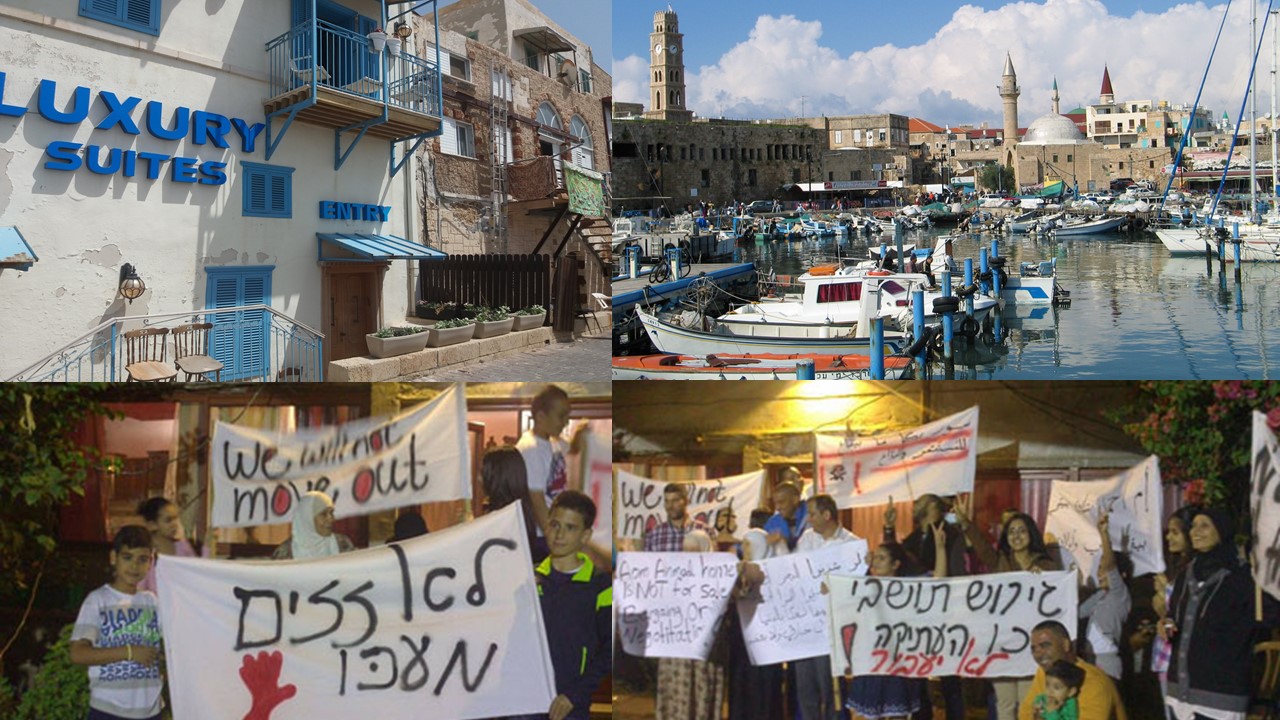Political Geography: Class VS. Ethnicity in a Contested City

The dominant stream of political geography research links ethnic or racial marginalization and class-based marginalization resulting from gentrification processes. This study presents a new phenomenon of "Arab gentrification"; Gentrification led by Arab entrepreneurs and business owners in the contested city of Acre, which challenges the dominant research narrative and emphasizes the complexity of the relationship between class and ethno-national identity. Based on a qualitative research method that included in-depth interviews with Arab business owners and lower-income tenants, and analysis of policy documents and press articles, this study offers the term “stratified marginalization” to describe the relative advantage of Arab and business owners over lower-income Arab tenants. Simultaneously, it describes the trap in which they find themselves between their ethno-national and class identities and the justifications they provide for the gentrification process. Finally, the study describes the tension between Arabs from different classes as a result of gentrification. The research findings contribute to a re-evaluation of class and ethno-nationalism intersectionality in a way that recognizes the benefits of gentrification for the middle-class ethnic group on the one hand, and the multiple margins of the lower-class ethnic group on the other.

